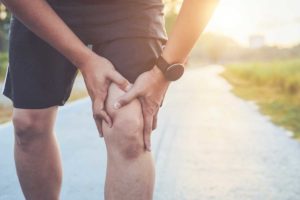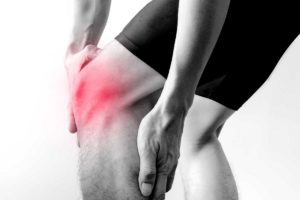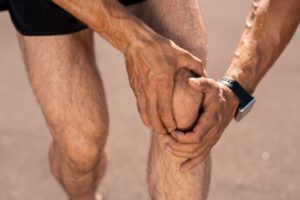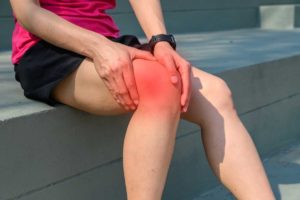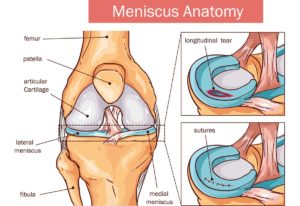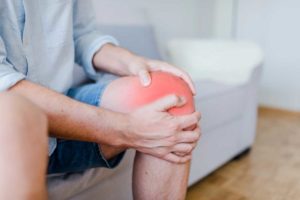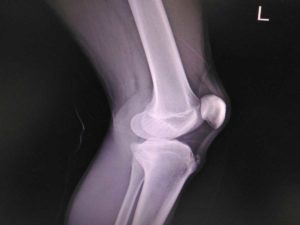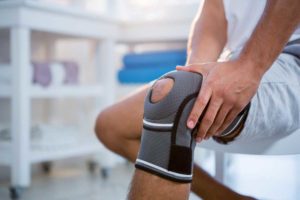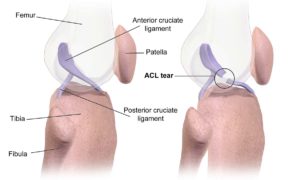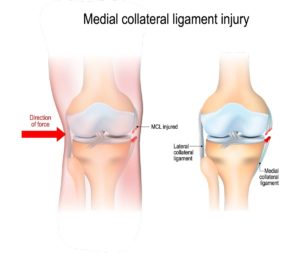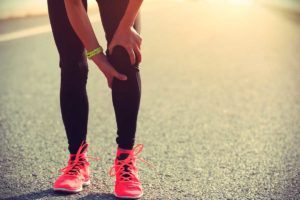
Knee Osteoarthritis
Typical Symptoms
Osteoarthritis (OA) of the knee can cause pain all around the knee but most commonly over the medial (inner) or anterior (front) aspect. There is usually swelling, stiffness, limited movement and pain symptoms can be sharp or aching in nature. In more troublesome cases, there can be night pain that disturbs sleep.
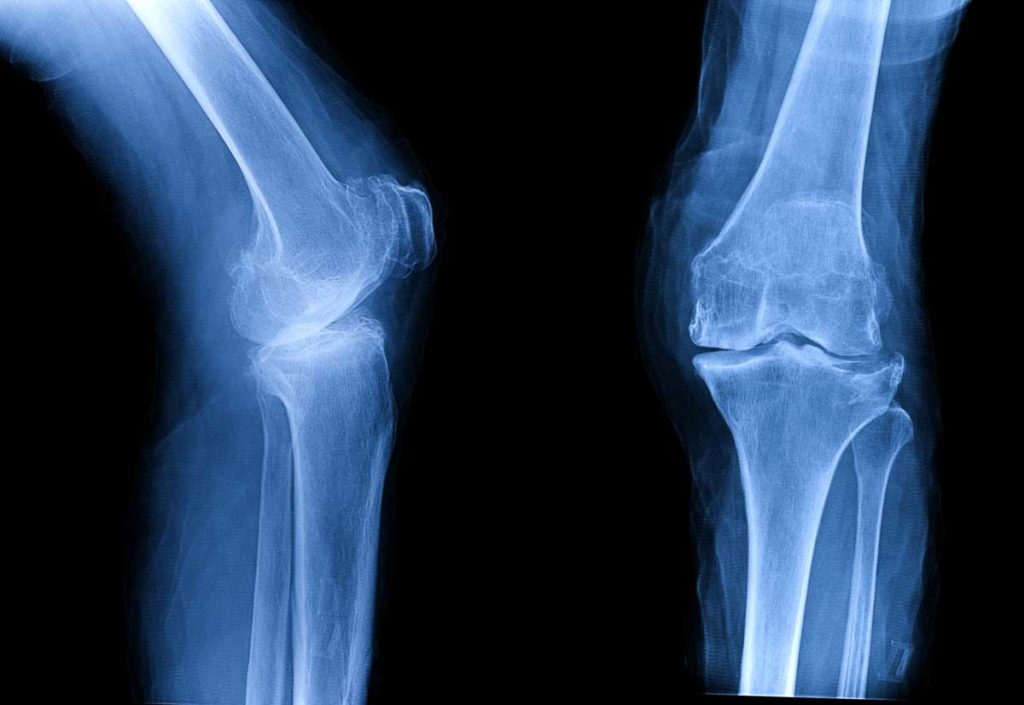
What causes it?
OA of the knee is commonly perceived to be due to overuse, but more commonly a result of a previous injury that leads to accelerated degenerative (wear-and-tear) changes in the joint.
Another significant risk factor can be body weight and poor technique or mechanics with activities. Different areas of the knee can develop OA at differing times.
How can I help myself?
It is important to consider how and when the symptoms occured and whether there are any particular patterns to it. If it is related to a particular movement or activity, then finding a way to modify the load or reduce the impact from it is useful.
Working with a coach or personal trainer can help improve strength around the joint, while knee guards/supports can help stabilise the knee. Simple measures such as PRICE can help to reduce swelling in the knee and pain can also be improved with oral or topical analgesia such as anti-inflammatories.
When to seek help?
If you have attempted to improve the symptoms but are having ongoing or increasing pain, if it is impacting your function or there is stiffness and sleep disturbance at night, it may be useful to have the knee assessed as soon as possible.
What are the treatment options?
Once your clinician assesses you with a thorough history and examination, they may organise weight bearing X-rays assess the degree of OA in the knee. An ultrasound scan does not usually add much more information early on but commencing rehabilitation with a physiotherapist is useful as an initial step in the management. The aim is to improve strength and range of movement; sometimes this can be complemented with an ultrasound-guided injection of hyaluronic acid or PRP.
Steroid was previously the mainstay of treatment, but many clinicians no longer use this as first line unless there is considerable swelling symptoms. Acupuncture can also help with pain symptoms. An MRI or CT scan may be necessary if conservative treatments have not helped and a surgical intervention is being considered.
